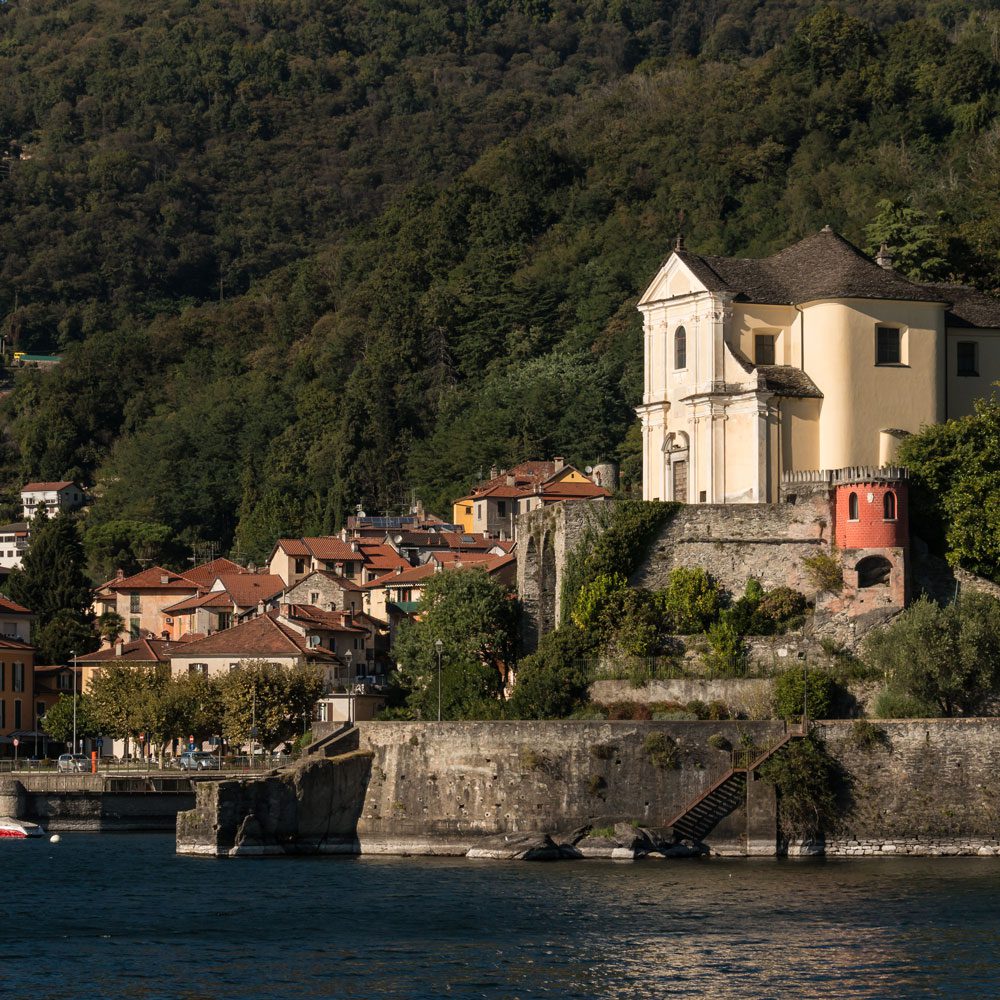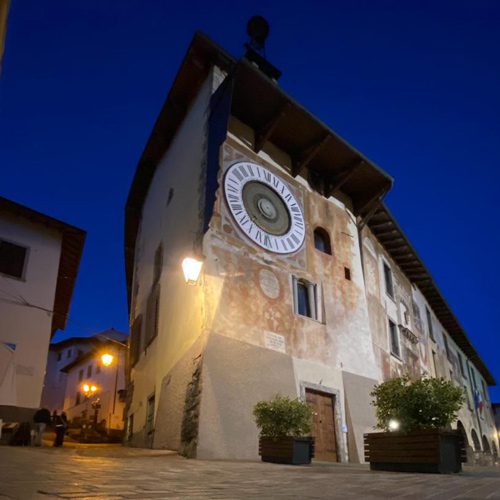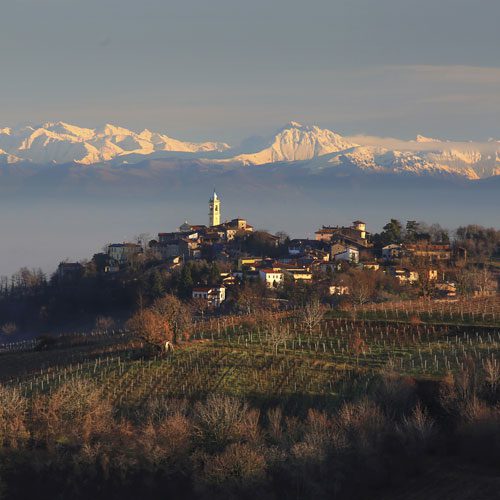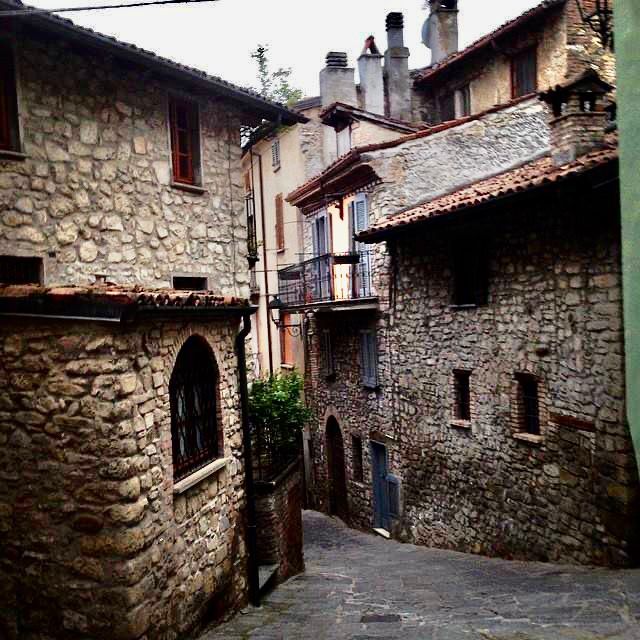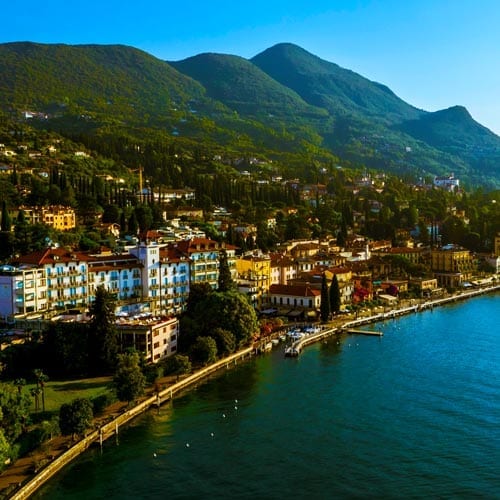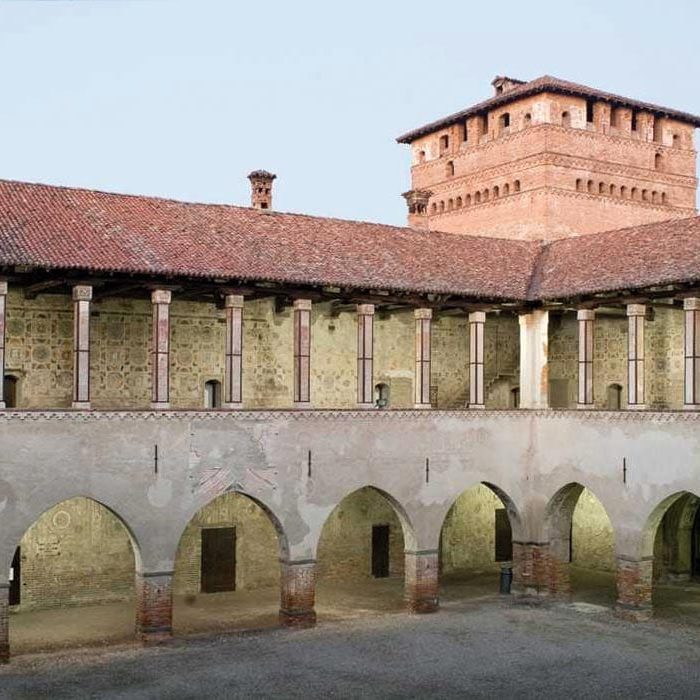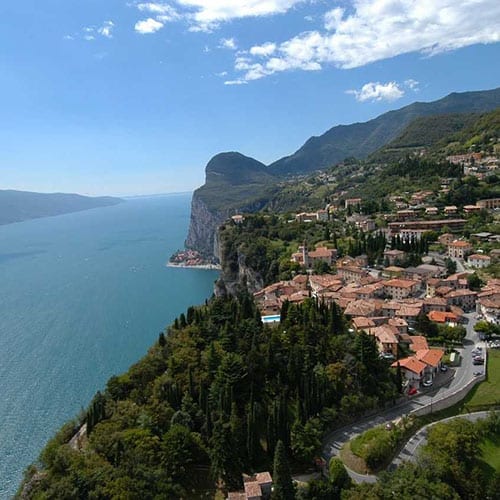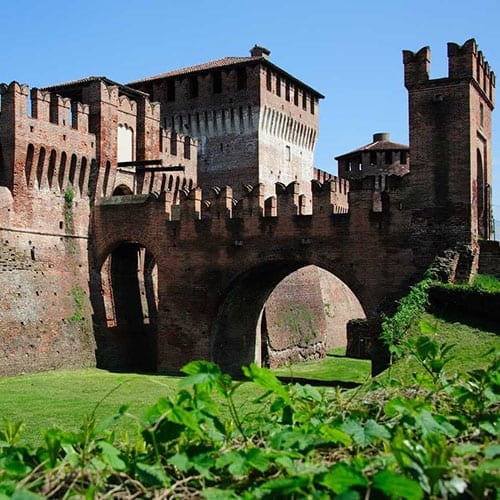 Zavattarello
Zavattarello
MUNICIPALITY OF ZAVATTARELLO
(Pavia District)
Altitude
mt. 525 a.s.l.
POPULATION
1130
Patron saint
San Paolo, January 25th
TOURIST INFORMATION
Town hall, Ph. 0383 589132
www.zavattarello.org
zavattarello@libero.it

The borgo’s name derives from the vulgar Latin savattarellum, literally “place where savatte (shoes) are made”, to indicate the predominant activity in the ancient village.
According to some experts, Zavattarello is the borgo with the richest history in the entire province of Pavia. The recently restored castle of the famous captain Jacopo Dal Verme is the main attraction but there are other interesting things that you will appreciate, such as the thousand-year old stones set in the Oltrepò of Pavia, which looks like Umbrian or Tuscan hills. We are in a valley suspended in time, whose signs are everywhere, in the agrarian landscape modified by man as well as in the castles, ancient parish churches and abbeys.
The city walls and the towers are a proof of the determined defense of a site that was of strategic importance for the protection of the Dal Verme state.
You can start your visit from the square surrounded by stone buildings, the ancient houses of the medieval centre with its original urban structure. Completely in stone, with walls over 4 meters thick, the fortress with its fortified shelter, stables, church and its forty rooms is one of the most interesting architectural complexes in this area. From its terraces and towers you can have an amazing panorama of the surrounding areas. Inside the castle there is a museum of contemporary art.
Returning to the main square, you will find the 14th century oratory of Saint Rocco that houses a magnificent 15th century wooden altar. On the other side of the borgo there is the parish church of San Paolo. The structure is Romanesque; unfortunately a Baroque façade was placed over the original one during the 18th century. Inside, there are a remarkable wooden altar with an altarpiece, ancient canvas paintings and some other altarpieces in the central nave and in the side chapels. Behind the church you can admire the octagonal cemetery, built at the beginning of the 19th century by order of Carlo Alberto di Savoia.
Excellent seasoned salami and bacon are the local products.
Do not miss to taste the risotto with porcini mushrooms, ravioli with braised meat, cornmeal mush and wild game.
Guarda tutti i video sulla pagina ufficiale Youtube de I Borghi più belli d’Italia.



